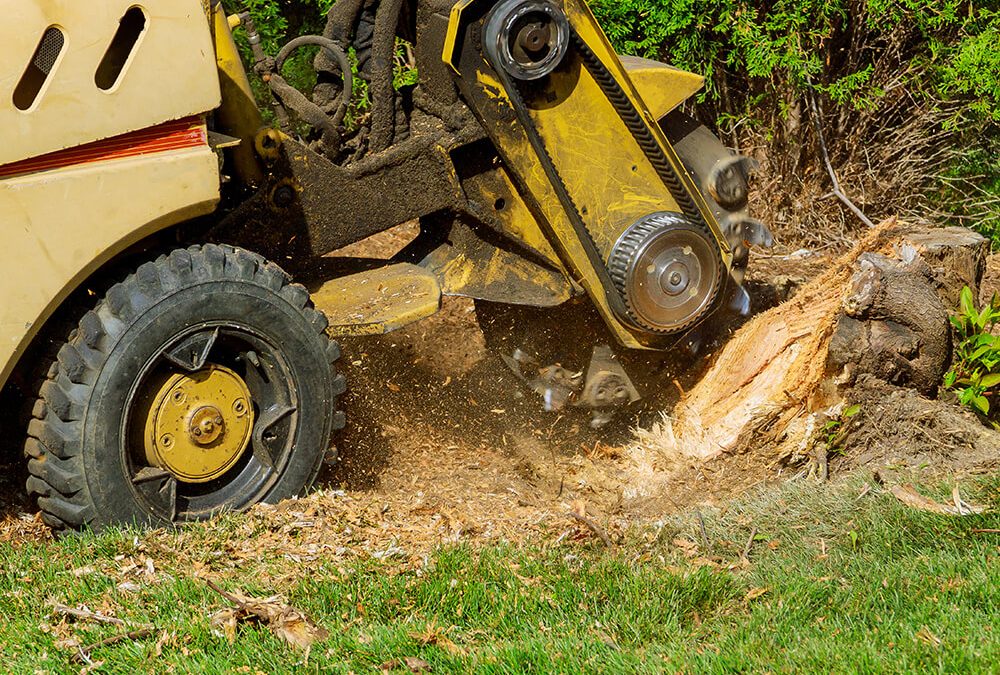Homeowners that want to have a lovely yard must do more than plant bushes and trees. The smart homeowner makes sure that each planted tree is able to thrive.
Mistakes that could threaten one or more trees’ ability to thrive
Failure to plan: Visualize the size of a mature plant/tree. You should not plant any tree at a spot that is close to a similar or a different species. Tree Service in San Jose says that you should not plant anything with deep roots at a spot that is near a gas, electric, water or sewer line.
Failure to prune on a regular basis: That could force the branches to carry excess weight. If a branch could not support the amount of weight that it was expected to carry, it would break.
Tasks that a smart homeowner would never hesitate to perform
Watch for danger signs
—Have any tree’s leaves started to fall to the ground, well before autumn?
—Has any tree started to grow fewer leaves, as compared with its level of leaf-production in the past?
—Are there cracks in any tree’s trunk? Those cracks could act as an invitation to small mammals that might want to make a home in that same trunk.
Make a logical response, after observing evidence of any danger sign
—Take pictures; record the nature of the observed evidence.
—Contact an arborist and follow the arborist’s instructions. True tree-lovers do not hesitate to spend some money on ensuring their trees’ ability to thrive.
Homeowners should also pay attention to any existing trees.
Learn the species of each tree that was on the property, when it was purchased. Stay up-to-date on any viruses or pests that are attacking similar trees in the local area, or even across the state. Talk with an arborist, if there is a chance that the same virus or pest could make its way to your property.
Potential homebuyers should make a point of asking about any unusual feature on any tree. Is there any evidence that it was once struck be lightning? If not treated properly, even a large tree could die, after becoming the target of lightening.
When purchasing a property with a flowering tree, the buyer should ask if the falling blossoms had bothered any neighbors. A potential homeowner ought to know what complaints might come from a given neighbor. Perhaps the cost of a tree removal could be mentioned, in hopes of getting the owner to lower, slightly, the asking price.
Did the waters from a recent storm flood any grove of trees on the property? If so, those high waters could have affected the trees’ roots. Consult with an arborist, if it appears that any tree might topple over.


